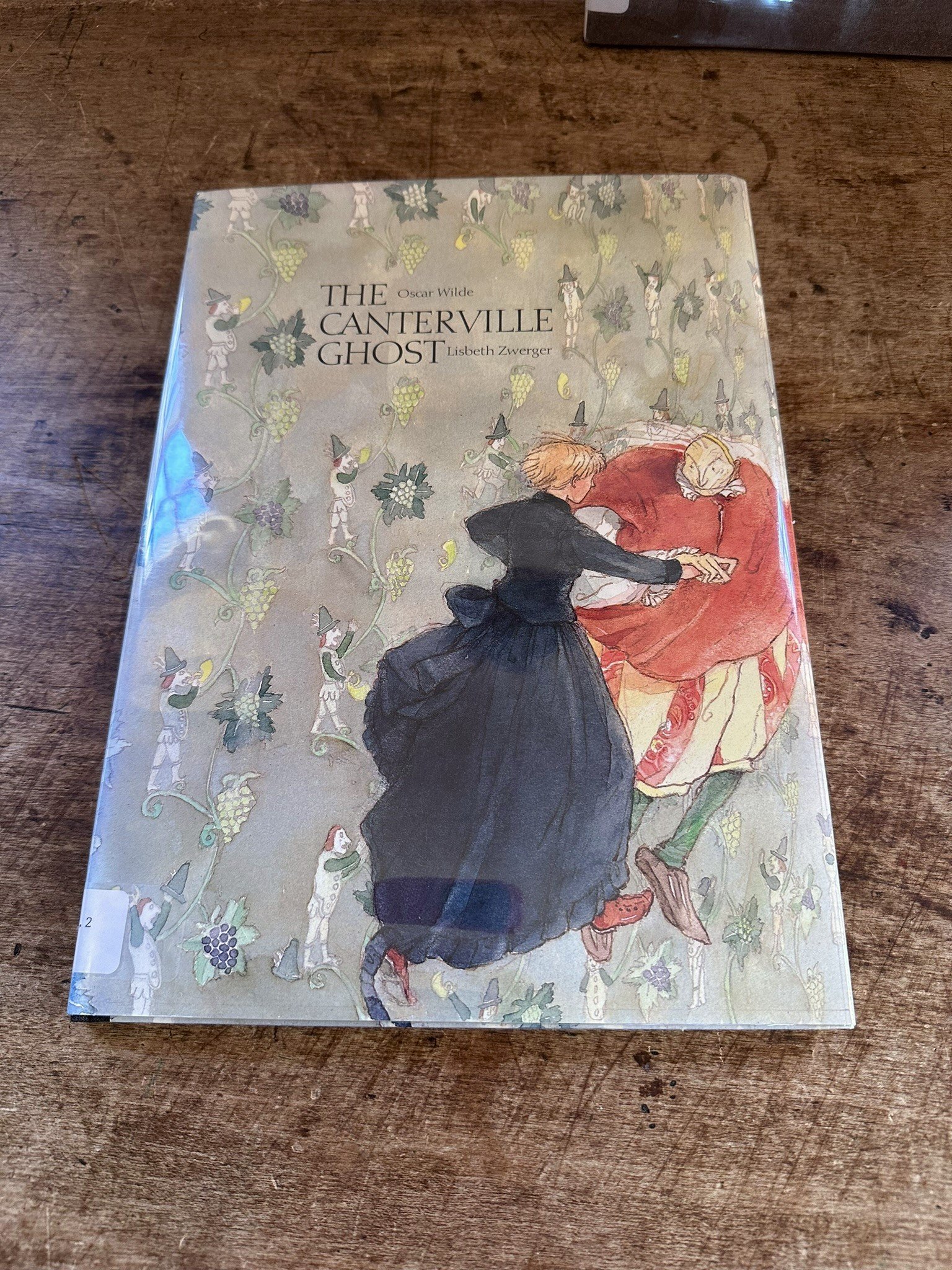I hosted a letter writing workshop at my local library this past weekend. We had a small intimate group attend which gave us the opportunity to share in our small group. People shared the letters they wrote - memories about writing letters - what writing letters meant to them personally.
I used the framework of More Love Letters - which I have been writing letters with for years. In December More Love Letters brings us 12 Days of Writing Letters. This time of year is challenging for many people. Writing letters to people who have had letters requested for them allows us the gift of sharing ourselves - reaching out to bring some comfort and care to others that are in need of encouragement at this time of year. The secret to writing letters is that - you as the letter writer receive just as much personally as the letter recipient.
I provided materials that were for the taking. This is not necessary as you can use whatever letter writing materials that you have on hand. It does not need to be expensive at all. I choose to offer up holiday themed paper and cards as inspiration. I also did this as a holiday gift to the community. Going forward it is best if people provide their own writing materials. This way people can pick out what most resonates for them and also keeps the cost down for any one person as a host. I wanted to offer up ideas of things that might be used in letter writing. In the middle of one display was a vintage holiday puzzle that I did in keeping with the theme of sending hand written letters by mail.
More Love Letters - founded by Hannah Brencher has a book she wrote about the founding of her organization. It is a hopeful and inspiring read showing us that a small act can in turn offer so much care to the world. Your library can most likely get a copy for you!
My daughter Emma came to join me which was a great surprise and delight! We did not plan our color scheme of clothing. This often seems to happen to us through the years - most likely not by accident or chance. I made kite paper stars that were on all of the tables for people to take home with them. I made the Christmas Tree book from an old Charlotte’s Web paperback at a craft workshop at our library the day before. We had a Holiday Tea from Harney & Sons with gingersnap heart shaped cookies for the theme of More Love. We all decided that we had such a nice time writing letters together that we will do it again soon in another upcoming workshop. Have you enjoyed writing letters in your life? I hope that you might find that you also begin or renew your letter writing practice.
I opened the workshop with the following poem by David Whyte
Everything is Waiting for You
by David Whyte
Your great mistake is to act the drama
as if you were alone. As if life
were a progressive and cunning crime
with no witness to the tiny hidden
transgressions. To feel abandoned is to deny
the intimacy of your surroundings. Surely,
even you, at times, have felt the grand array;
the swelling presence, and the chorus, crowding
out your solo voice. You must note
the way the soap dish enables you,
or the window latch grants you courage.
Alertness is the hidden discipline of familiarity.
The stairs are your mentor of things
to come, the doors have always been there
to frighten you and invite you,
and the tiny speaker in the phone
is your dream-ladder to divinity.
Put down the weight of your aloneness and ease into the
conversation. The kettle is singing
even as it pours you a drink, the cooking pots
have left their arrogant aloofness and
seen the good in you at last. All the birds
and creatures of the world are unutterably
themselves. Everything is waiting for you.














































